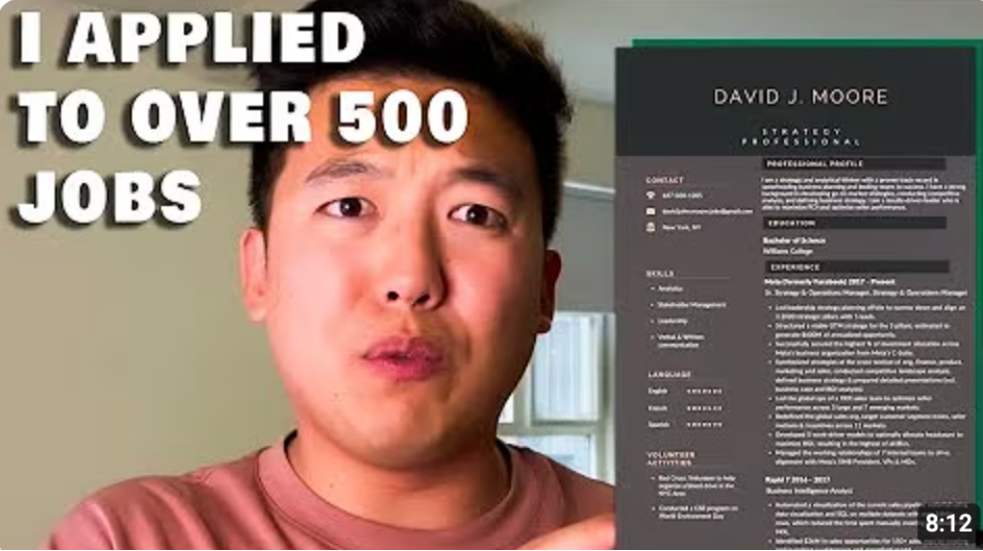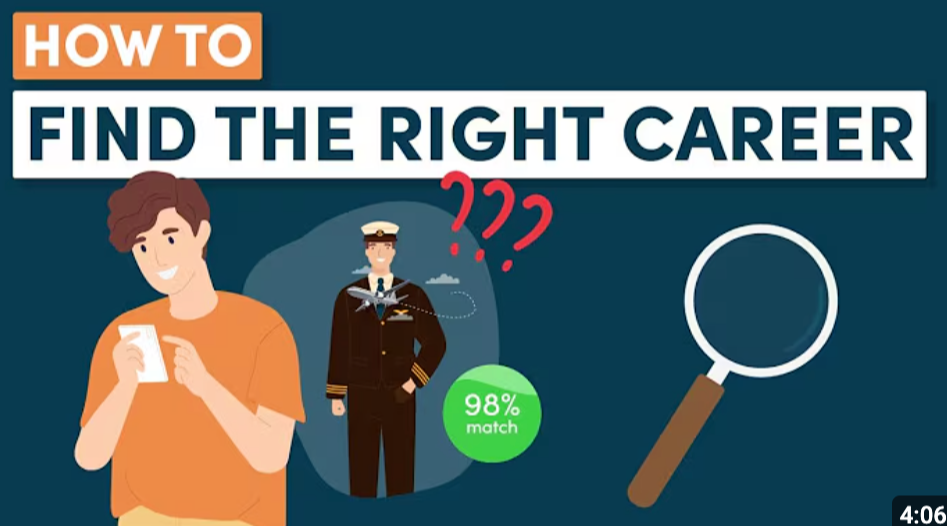
Create a Standout Professional Resume: Boost Your Chances with Jobcadu Resume Builder
In today’s highly competitive job market, a resume is no longer just a document listing your personal information and employment history. It serves as a “gateway” to make a strong first impression with employers and is often the most crucial first step toward landing your dream job. Having a professional and standout resume is therefore more important than ever. Why Your Resume Matters More Than You Think A resume represents you by showcasing your skills, experiences, and achievements to recruiters. Imagine this: a recruiter spends only a few seconds reviewing each resume. If yours doesn’t grab their attention right away, your chance of being called for an interview might disappear instantly. What Is a Resume? A high-impact resume typically includes the following key components: Contact Information: Clear, complete, and up to date Summary/Career Objective: A brief and engaging summary of your capabilities and career goals Work Experience: Detailed job titles, responsibilities, and measurable achievements Education: Relevant academic background Skills: Both hard and soft skills related to the position Portfolio/Projects (if applicable): Links or samples of your work Resume Writing Tips: Go Beyond Listing, Make an Impression Creating a good resume involves more than just gathering information. Here are some pro tips to make your resume stand out: Tailor it for each job: Avoid using one generic resume for all applications. Customize it based on the job description and requirements. Highlight measurable achievements: Instead of saying “Managed Project X,” say “Reduced costs by 15% through Project X.” Concrete results speak louder than vague responsibilities. Use relevant keywords: Many companies use Applicant Tracking Systems (ATS) to screen resumes. Using keywords from the job posting helps your resume pass this first filter. Keep it clear and well-organized: Recruiters don’t have much time, so make your resume easy to read and logically structured. Proofread carefully: Typos and grammar mistakes even small ones, can leave a negative impression. Build a Professional Resume Easily with Jobcadu Resume Builder Crafting a perfect resume may seem complex and time-consuming, but Jobcadu Resume Builder makes it quick and effortless! Jobcadu Resume Builder is designed to help you: Choose modern templates: Select from various styles to match your industry and personal branding Get smart word suggestions: Unsure what to write? Jobcadu provides helpful phrasing and sample content to guide you Auto-format your layout: Just fill in your info and the system will take care of the formatting, saving you time and hassle Download in multiple formats: Export your resume as a PDF or in other formats as needed Customize your design: Easily adjust colors, fonts, and layout elements to make your resume uniquely yours Creating an impressive resume has never been this easy! Start your journey toward career success with Jobcadu Resume Builder and craft a resume that opens the door to new opportunities. Build your resume today with Jobcadu Resume Builder.







